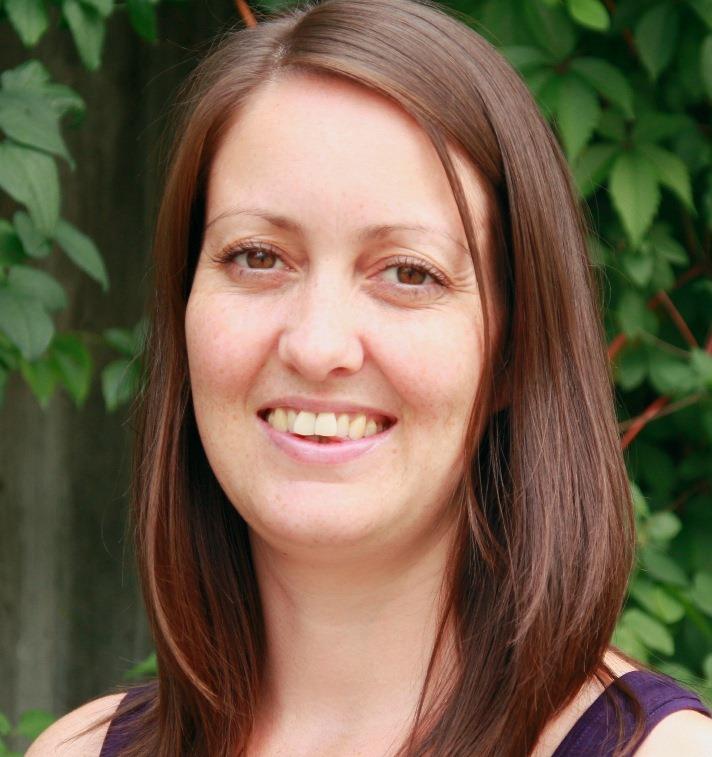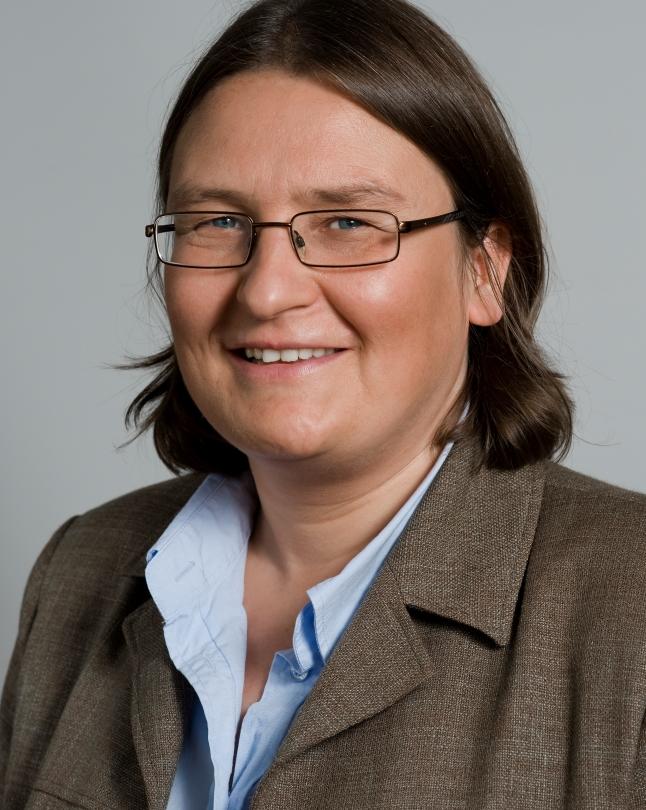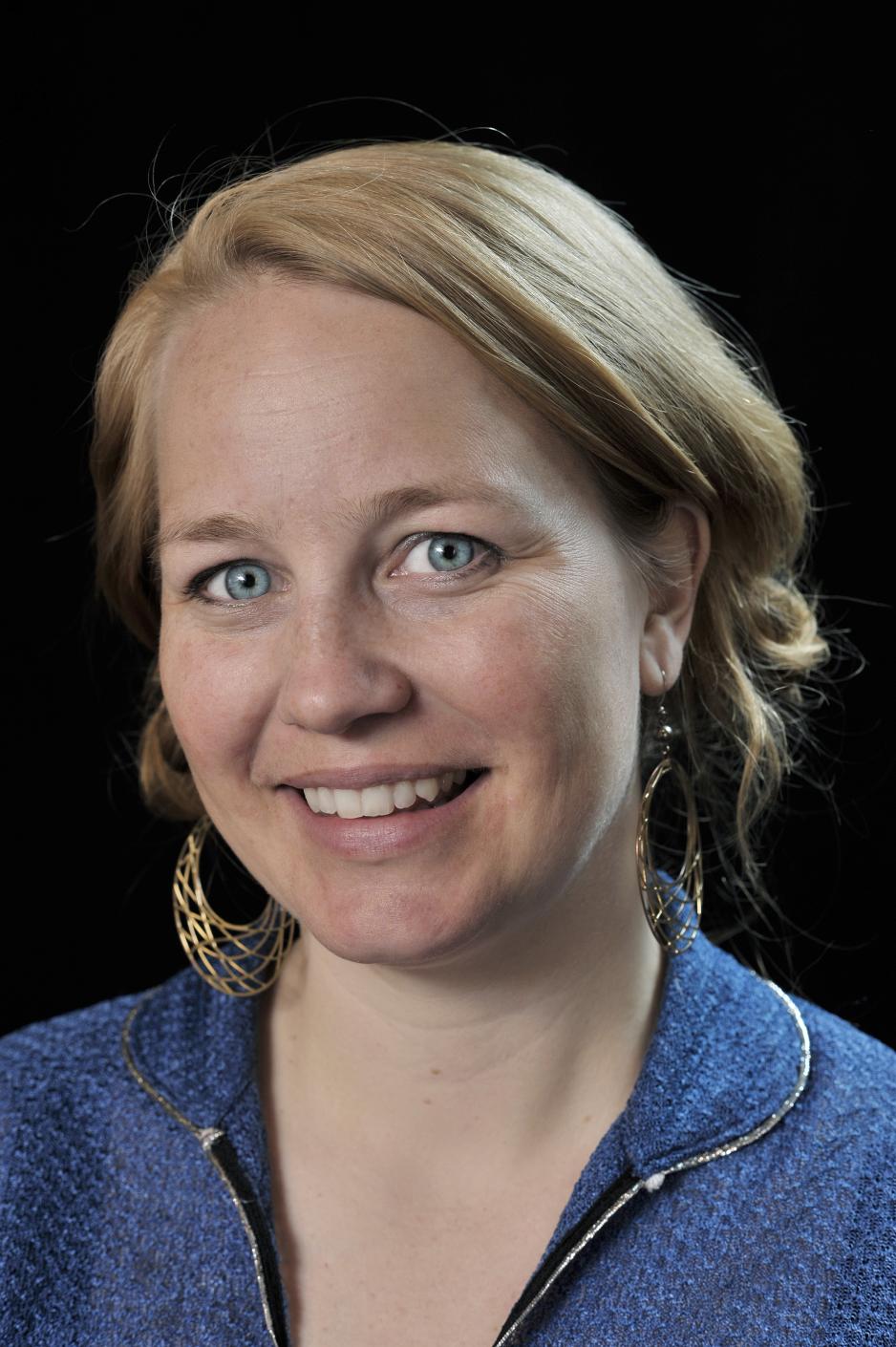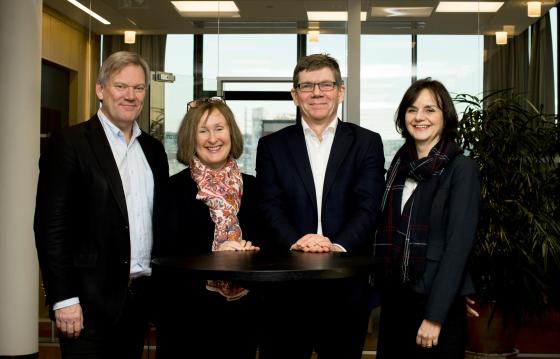The University of Oslo ramps up its fight against sexual harassment
For the first time ever, preventing sexual harassment is a main goal in the University of Oslo’s action plan for gender equality.

When Kifinfo called Hege Elisabeth Løvbak, she was at a course on how managers at the University of Oslo (UiO) can prevent sexual harassment. Løvbak is a senior adviser who works with gender equality and diversity at UiO.
“Many people in the organization think it’s good that we have this type of course. Sexual harassment cases can be difficult to deal with, and many managers want more expertise in this area,” she says.
In the course, managers learn to use risk analysis in their sexual harassment work and how they should handle cases in accordance with UiO’s rules and regulations. This is the first time that managers at UiO have been offered a course like this.
In addition to the course series, UiO has formed a new resource group to prevent sexual harassment. Both of these are described in the Action Plan for Gender Equality, Gender Balance and Diversity 2018–2020 (in Norwegian only).
Will compile an overview of high-risk situations
The resource group will review procedures and guidelines for sexual harassment. The members will compile an overview of high-risk situations and recommend prevention measures.
“UiO has been concerned about sexual harassment before as well. Our work in this area has been part of the overall gender equality and diversity efforts at the university. But when the #MeToo movement arose, the university saw the need for a special initiative,” says Ragnhild Hennum, a law professor and former pro-rector at UiO.
Hennum will head up the group, which starts in January and will serve as a resource for the entire university. She has previously written about sexual assault against children, rape, and violence in intimate relationships.

“I have not studied sexual harassment specifically, but some of my writings are closely related. The common thread is power relations, but I’m not saying the topics are identical, just to be clear,” she explains.
Prioritizes diversity
UiO will intensify its diversity efforts. But as Løvbak emphasizes, the university has not taken specific action to define the concept of diversity, even though it is a main goal in the action plan.
“Going forward, we will work to identify the kinds of diversity challenges we have. Where does the shoe pinch?” she asks.
UiO has set aside funding to prepare a report on its diversity challenges. It will also develop a better evidence base on employees and students with a minority background. Løvbak thinks that ethnic diversity work will be one area that UiO directs its attention towards.
Takes part in Oslo Pride
What else is UiO doing to promote equality and diversity? Last year, the university took part in the Oslo Pride festival for the first time.
“It was high time, and both important and positive that we helped to celebrate queer love and diversity,” says Løvbak.
She also recommends that other educational institutions participate in events like this.
“Being there for everyone is part of the social mission of universities and university colleges. People should have an equal opportunity to influence society, regardless of their background and sexual orientation.”
UiO takes part in the Oslo Pride festival together with OsloMet. UiO’s slogan in last year’s parade was “Fearless knowledge”.
“It was spot on. The group ahead of us had a banner that said, ‘Homophobia has a cure – education’. It fit so well,” says Løvbak.
In addition to participating in the parade, UiO and OsloMet will give presentations during this year’s festival.
Wants more women in academic management positions
UiO has been working for many years to increase the percentage of women in academic positions. For example, it has been offering a mentoring programme to female post-docs for the past 10 years. The aim of the programme is to give a boost to women’s career development.
Now the university will also intensify its efforts to hire more women in academic management positions, which is another main goal in the action plan. UiO will attempt to recruit women to these positions through measures such as actively encouraging women to apply.
“If you check how many female deans we have, you will find that we have one,” says Løvbak.
UiO will use search committees to ensure gender balance and diversity in the applicant pool for academic positions. It will also use moderate gender quotas more often when two candidates are equally or almost equally qualified.
In addition, the university will develop better training and guidance for members of evaluation committees to increase their competence on implicit bias regarding gender and diversity.
Not a goal to hire more men in technical-administrative positions
“Women are overrepresented in technical-administrative positions. In the Action Plan for Gender Equality, Gender Balance and Diversity, you have set a goal of increasing the percentage of women in academic positions. Why have you not set a goal to increase the percentage of men in technical-administrative positions?”
“This was a gender equality policy decision. It has to do with what is measured by the Ministry of Education and Research. Our overall goal in the Strategy 2020 is to conduct an active gender equality policy and ensure equal rights and opportunities, so the work to hire more men in technical-administrative positions is addressed there,” says Løvbak.

Gender balance goal for study programmes
UiO has a long-term goal of a 40–60 ratio of women and men in all its study programmes.
“We want to have gender balance. These inequalities are reproduced. For instance, if there are very few women in an academic field, it will be difficult to recruit women to that field,” explains Hedvig Lie Nygaard, an adviser at UiO.
Part of Nygaard’s job is to promote gender balance in study programmes.
“The lack of gender balance in some study programmes does not align with the principle of equal rights in higher education,” says Nygaard.
Traditionally, UiO has made an effort to recruit more women to male-dominated programmes. Now there is also a need to recruit men to some programmes. Nygaard points out that studies in medicine and psychology have few male students.
“This also applies to other study programmes, but in this case it causes special problems since the population needs access to male as well as female doctors and psychologists,” she says.
A large percentage of the doctors in Norway today completed their education abroad – more than 37 percent, according to the Euro Health Consumer Index 2016. Based on this index, it is uncertain whether recruitment from abroad helps to improve the gender balance.
Inspiration from the Faculty of Mathematics and Natural Sciences
Hege Løvbak, Gender Equality Adviser, brings up the project Female researchers on track (FRONT) at the Faculty of Mathematics and Natural Sciences at UiO.
“Their work can be an inspiration for the entire university,” she states.
Despite almost perfect gender balance at the bachelor’s and master’s levels, less than 20 percent of the faculty’s full professors are women. An initial analysis has revealed there is selection bias at higher levels of the career ladder, especially at the top. The FRONT project has decided on several measures. One of these is customized training on gender balance and gender equality for all managers at various levels.
The FRONT project is funded under the Research Council’s BALANSE programme, and is a collaboration between the Faculty of Mathematics and Natural Sciences and the Centre for Gender Research at UiO.
Translated by Connie Stultz.
New measures to promote gender equality and diversity at the University of Oslo:
- Management course on the prevention of sexual harassment
- Resource group for the prevention of sexual harassment
- Compilation of an evidence base on diversity
- Study of the challenges related to the gender composition of the applicant pool for the various study programmes
The management course at the University of Oslo is a cooperative effort with the Gender Equality and Anti-discrimination Ombudsman and Moment, an organizational psychology firm. The first to take the course will be rectors, deans, faculty directors, administrative managers and department heads. In the second round, group leaders, such as research project managers, will take part.
The resource group for the prevention of sexual harassment is a broad-based group of 13 members from throughout the university. Both administrative and academic staff, and those in management positions such as centre directors, deans and office managers, will participate. The resource group also has a representative from the Department of Academic Administration, which takes a student perspective on sexual harassment.
UiO’s goals for 2018–2020:
- Greater focus on prevention of harassment, with emphasis on sexual harassment
- Higher percentage of women in academic positions and academic management positions
- Enhanced diversity efforts at UiO
- Better gender balance in all study programmes
Read more in the Action Plan for Gender Equality, Gender Balance and Diversity 2018–2020 (in Norwegian only)
